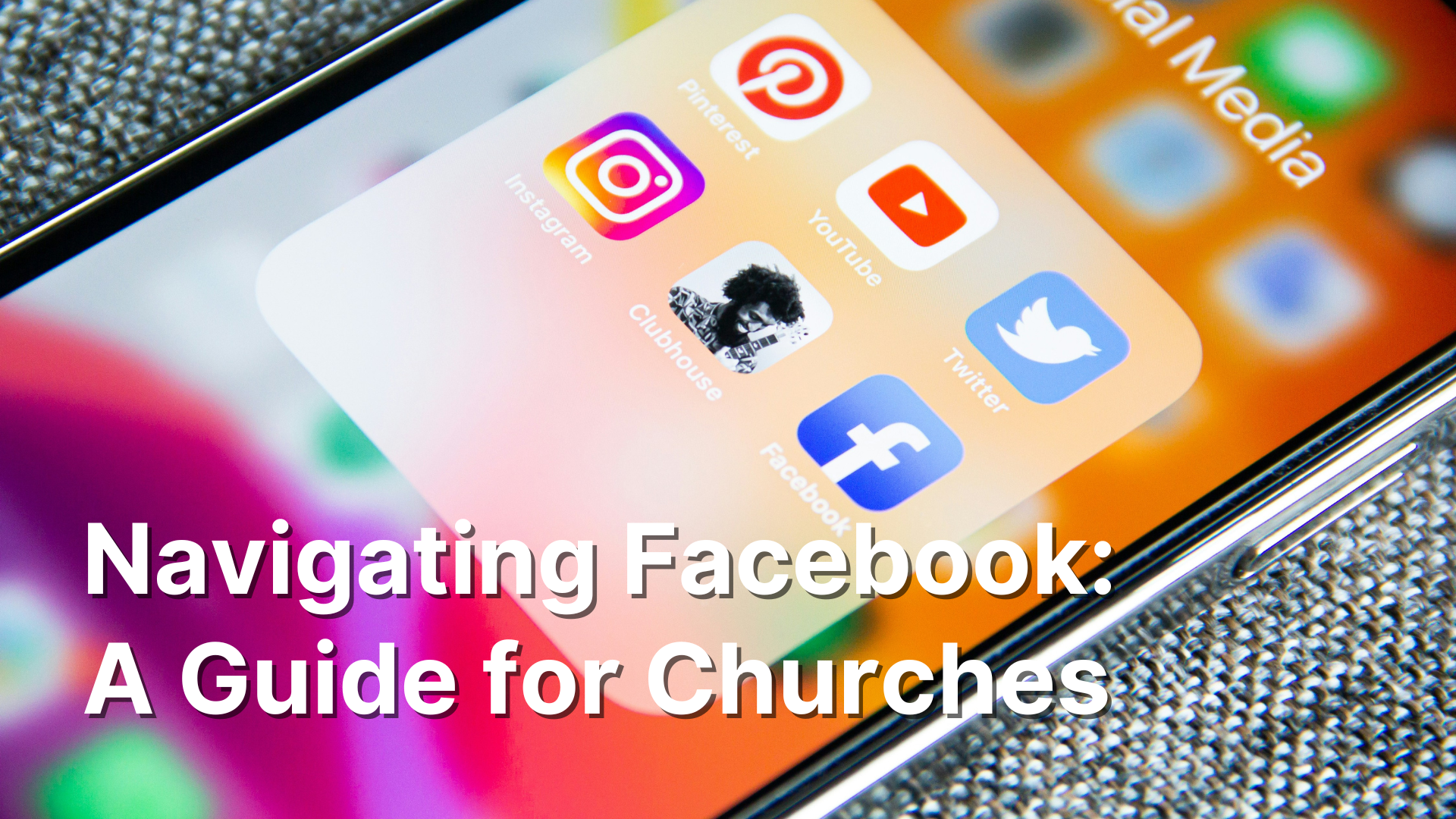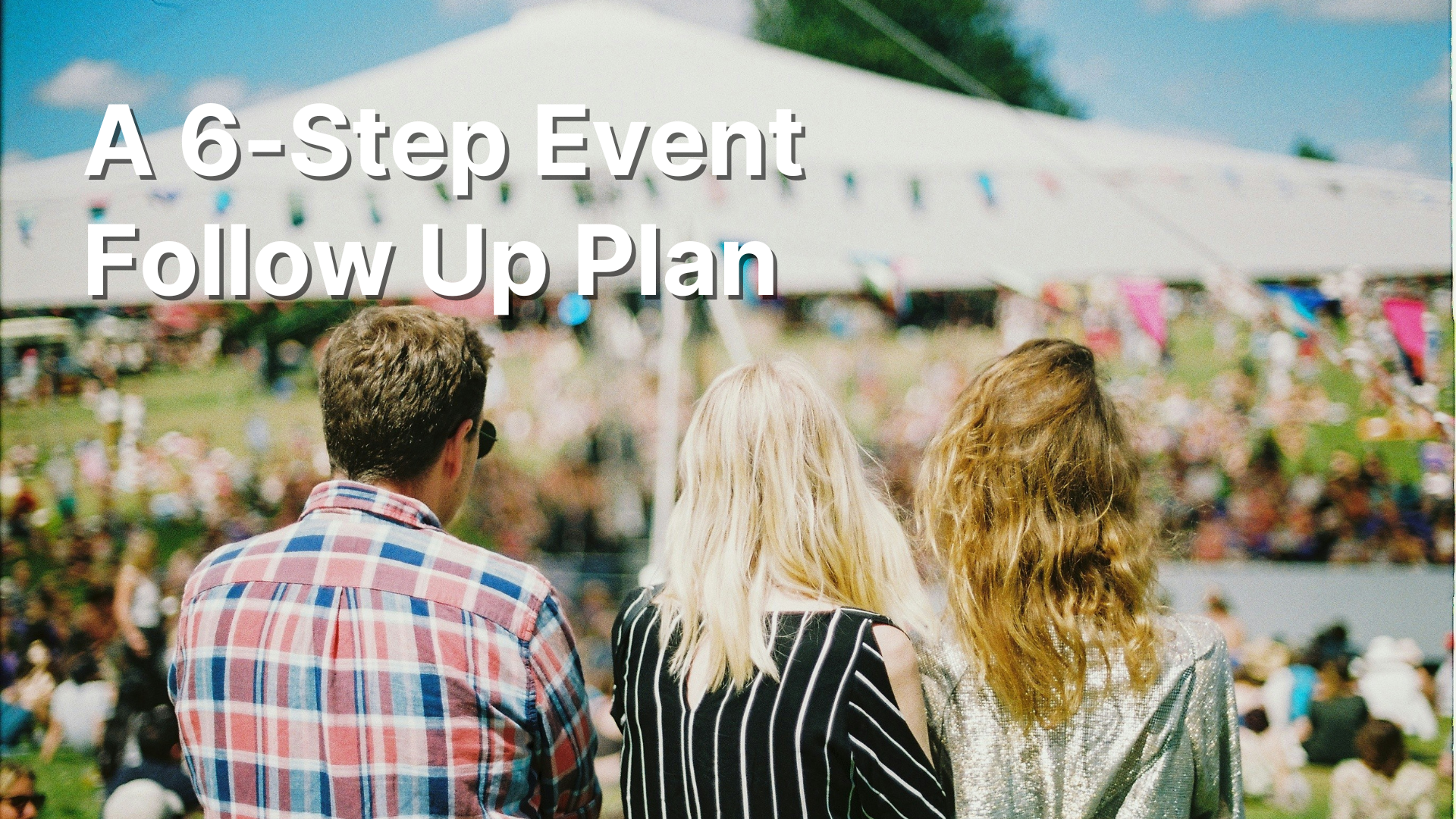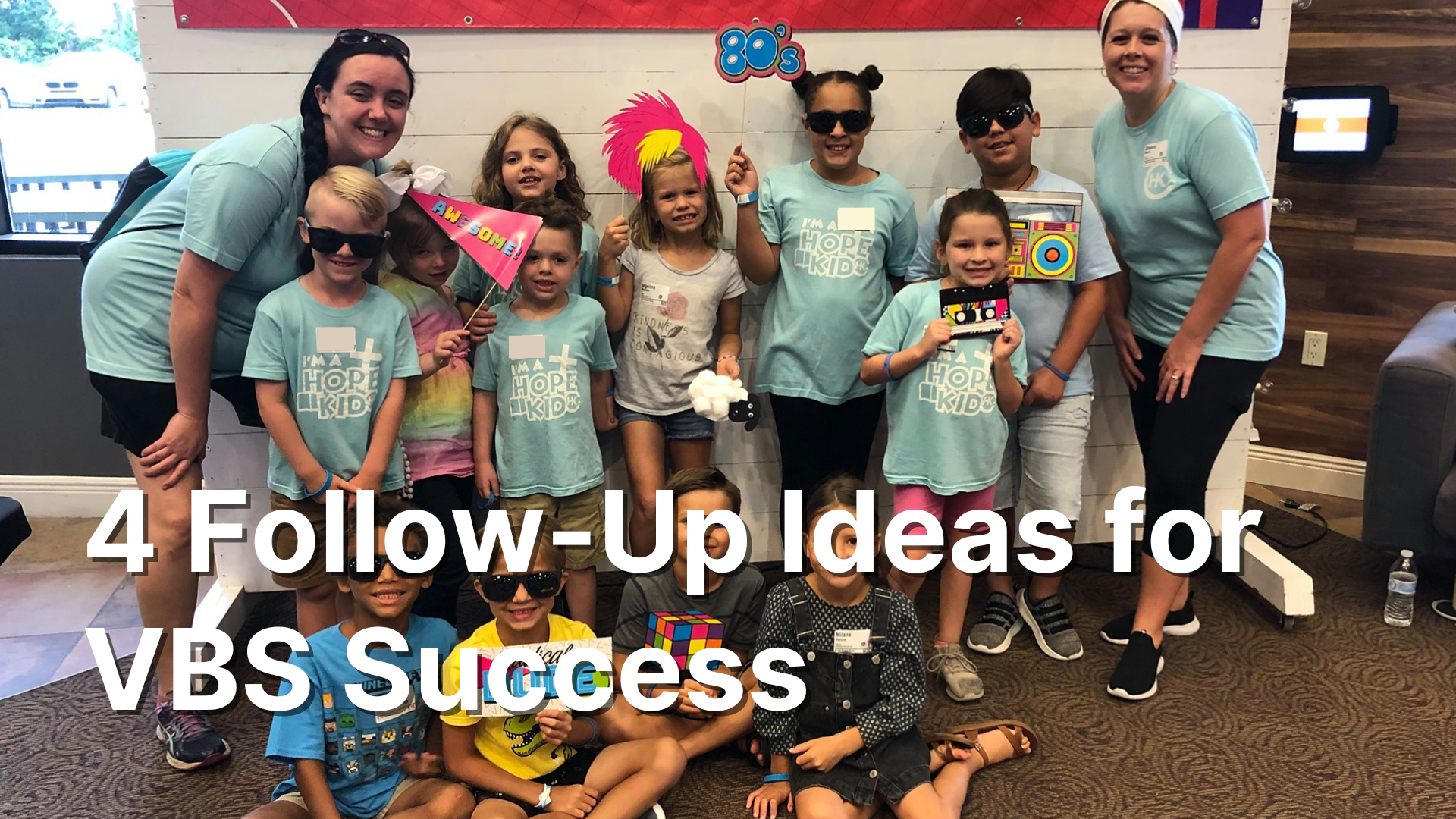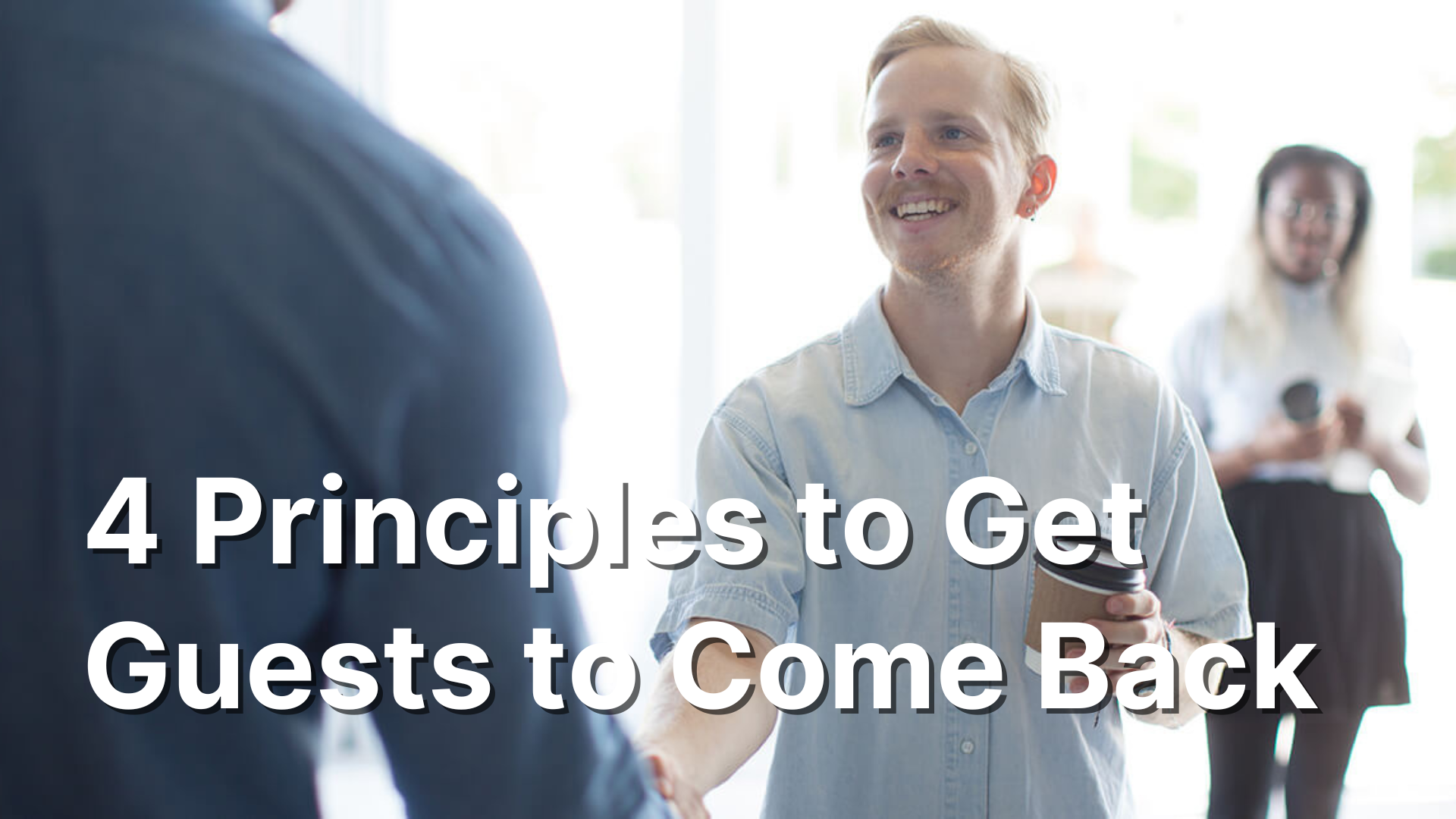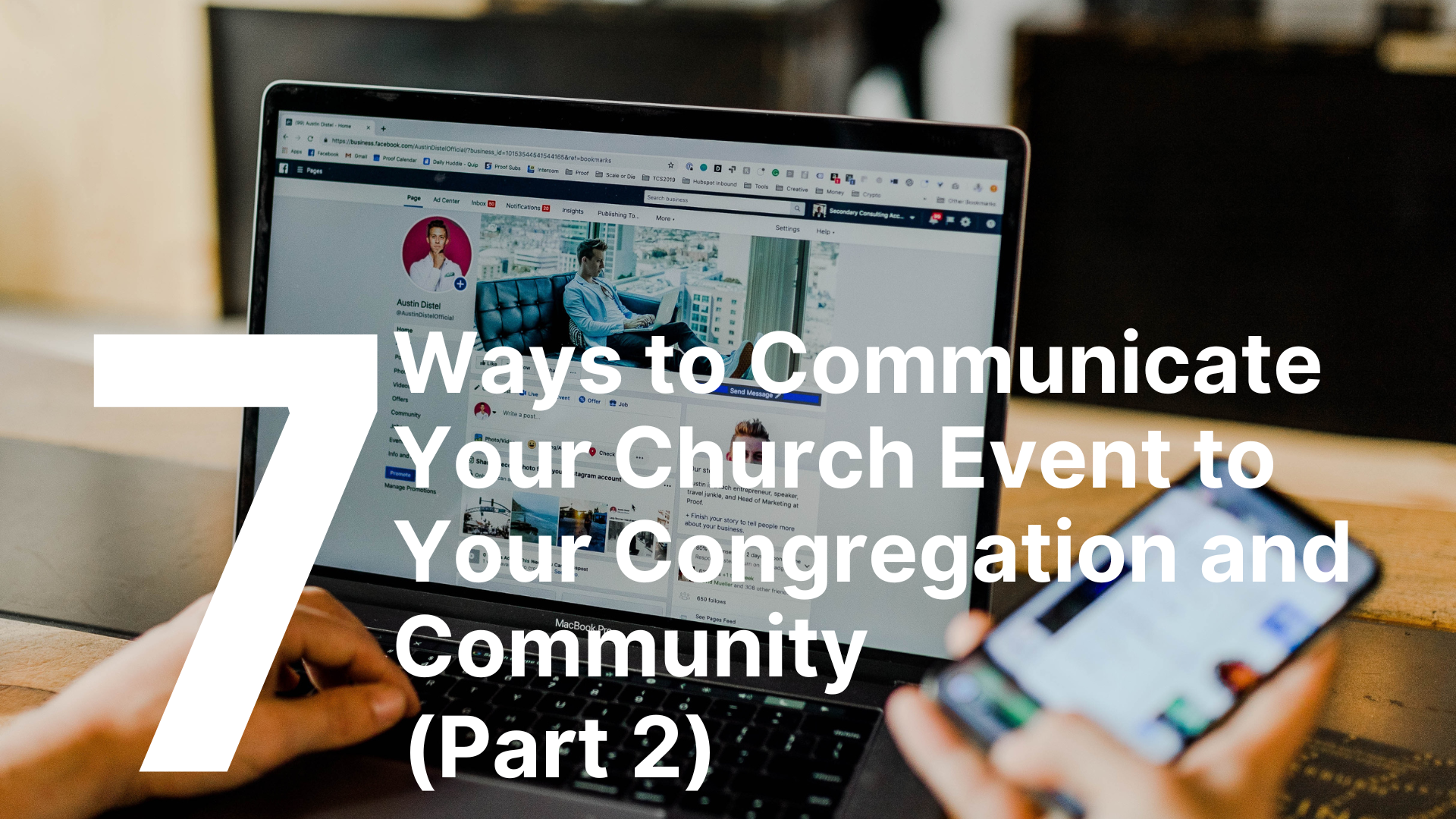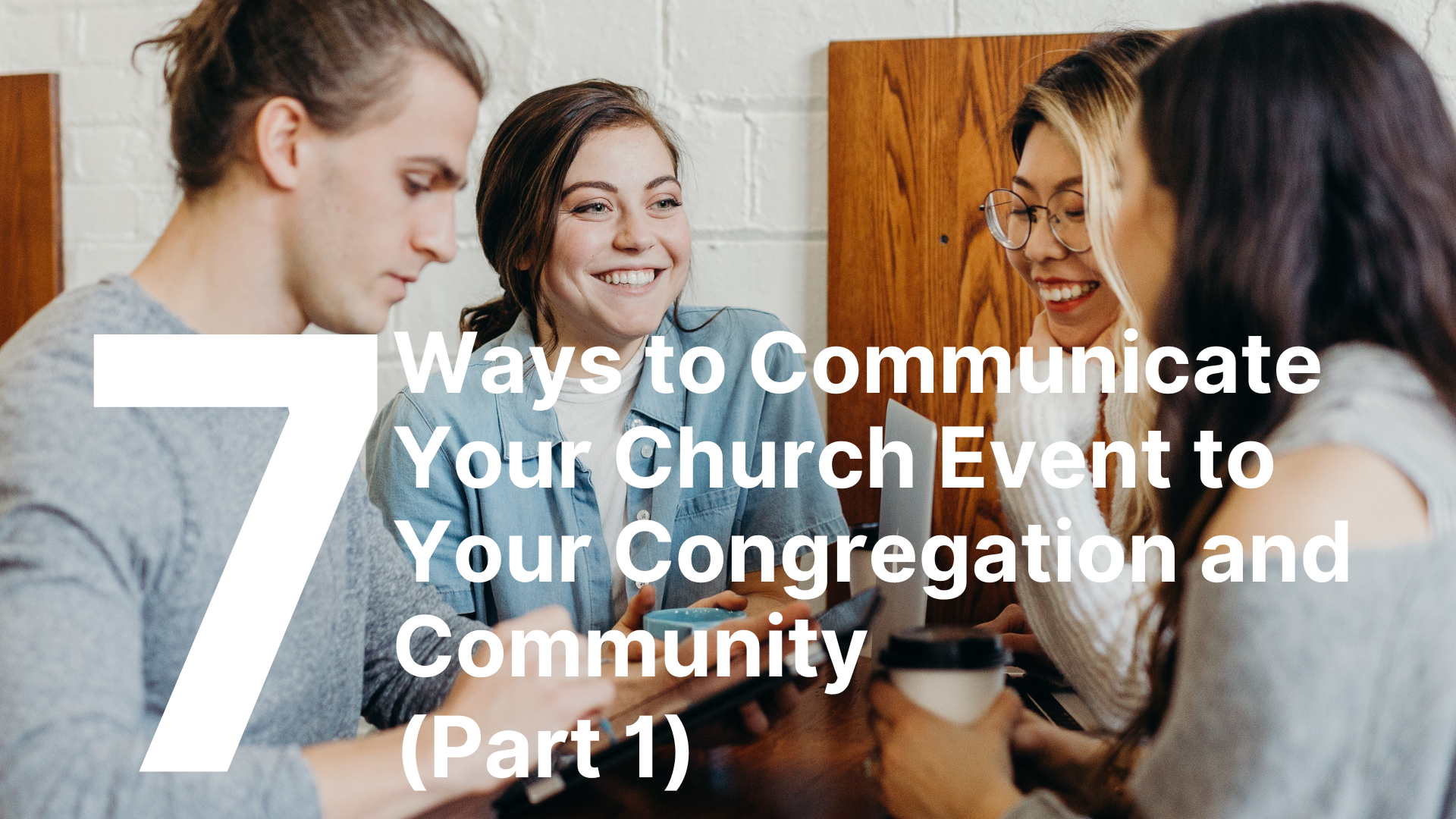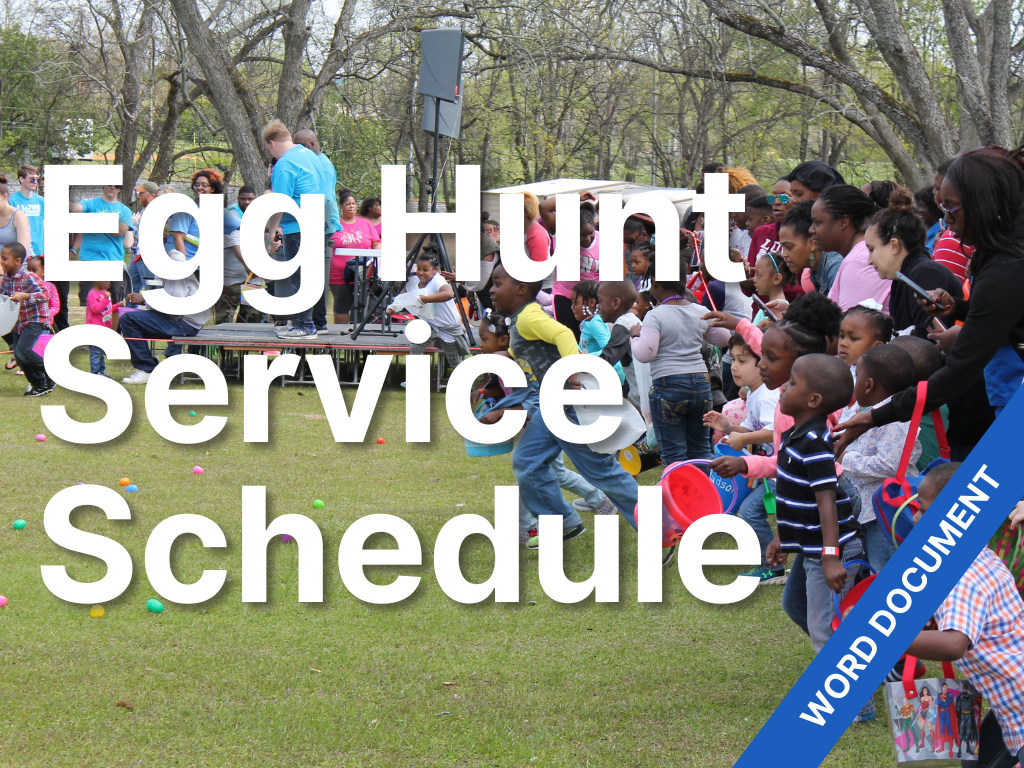Navigating Facebook: A Guide for Churches
Facebook is still one of the biggest social media platforms out there. If you want to connect with millennial families, it’s the go to source. While Instagram and TikTok are carving out their own place, Facebook is unique in its offerings and ways to build community.
It can be confusing with all their terminology, pages, profiles, groups, and chats. I’m still trying to figure out what a poke is. I’ve been using Facebook since 2008, and it’s changed a lot over the years. And it will most likely change again. With this in mind I will outline the best strategy for churches to use Facebook in 2024.
A note. I will not talk about what to post and how. I wrote about my strategy for connecting to parents here. In this post, I'll show the best places to put all the content to get the most reach and engagement.
1. Facebook Page
In 2008 there were two types of users on Facebook. Profiles and Pages. Profiles are what everyone has. It’s meant to represent an actual person. A page, however, is a business, like your church. I don’t see it as often anymore, but years ago, churches would create profiles for themselves. In order to see the content, users had to send friend requests and wait for someone to accept. Please don’t do this.
What I recommend is for your church to have just one page. Think of this as the hub for all the church’s ministry’s content and connection. This page is what you use for creating groups, events and chats. You can use a personal profile to create all these things, but its hard to transfer ownership if and when you leave.
This page is where you put your best content that you want everyone to see. Facebook’s algorithm, loves lots of likes, comments, and shares. Otherwise, almost none of your followers will see it. Facebook calls these engagement and it’s like candy for the algorithm. You can always boost a post, but a boosted post with low engagement will be like throwing your money away. Get some natural interactions first.
2. Facebook Groups
What Facebook pages were 15 years ago is what Groups are now. Back in the day, you could make a post and anywhere from 5% to 30% of your followers would see it for free. Facebook really wants you to build communities. So, they changed their algorithm to promote communities in groups.
You can have lots of groups. You can have one for every one of your ministries and invite all the members of those ministries to be a part. When I was in kidmin, I had a parent group and volunteer group. I also managed the group for all the people who called our church home.
When setting up these groups, it’s important to start it with your church’s page, not your personal profile. As I said before, it’s difficult to change ownership of a group that’s attached to a profile. As of this writing, it’s impossible. So, when I start a new group, I change my interactions to my church’s page and start a group. Then I invite my personal profile and promote myself to an admin. I can now do everything the page does, and when I leave, I can easily pass the admin off to my successor.
Make sure when you create these groups to make them visible so people can find them, but they have to request to join. Put community guidelines in place that your members have to agree to. (Facebook gives you generic ones that are a great start.) You can lock down membership approval to just the admins or other members. I recommend you are the only one who can approve. This way you don’t have random people in your group that have nothing to do with your church or ministry.
The groups are the best place to put all your announcements and ministry specific events. As much as you may want to advertise the Ladies Tea on your main Facebook page, the only people who will care about that event are the women in your church. So, create the event in your Women’s ministry Facebook group and invite all members. You’ll get way more engagement than if you advertise to the 20 something guy. That’s what you get when you post on the main page.
3. Chats/Messenger Communities
These are relatively new, and I haven’t played with them much. But think of these as a giant group chat for your groups. Every event you create, Facebook suggests you start a chat to get people excited about the event. In my experience, very few people use this feature. However, I have seen them used to great success as specific topic chats.
For instance, in your parent’s group, you could start a chat about discipling their kids at home. You can send questions and prompts for the parents to use when talking to their kids about their faith. Similarly, in your Youth Facebook group, you can create small group chats. This could be a great place to send questions and encouragements throughout the week.
There are a lot of other tools out there that have this same functionality and may do it better. Facebook loves to copy what’s working from other apps. The nice thing about chats is that whenever you post an update, the people in the chat will get a push notification. It is then visible in both the Facebook and Messenger app, making it more likely for your people to see and engage with the post.
Facebook is a great tool to build community and get your message out. Using the right strategy will ensure your people are connected and informed. The Church is all about a community of believers. In today’s world that means virtual as much as it means physical.
If you need help setting up your Facebook pages, groups, or chats, leave me a comment, and we’ll set up a time to talk.

